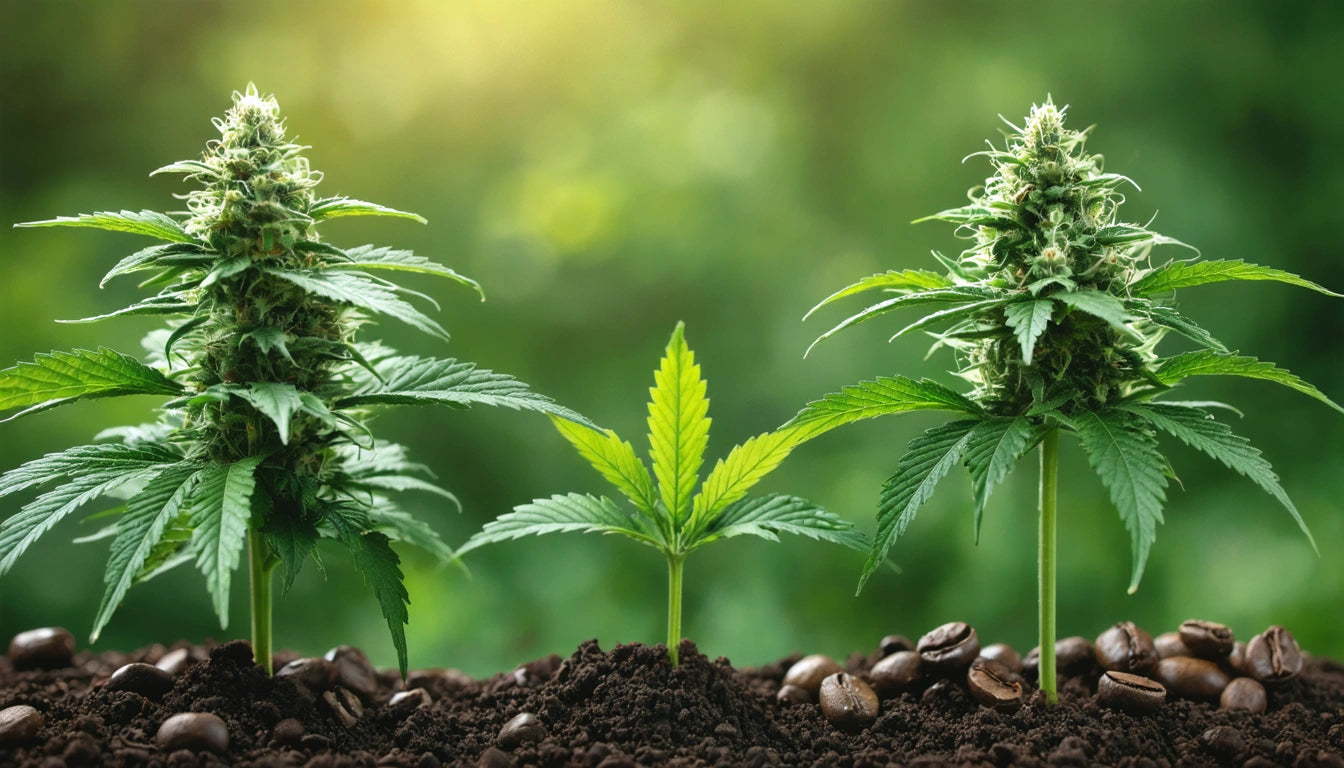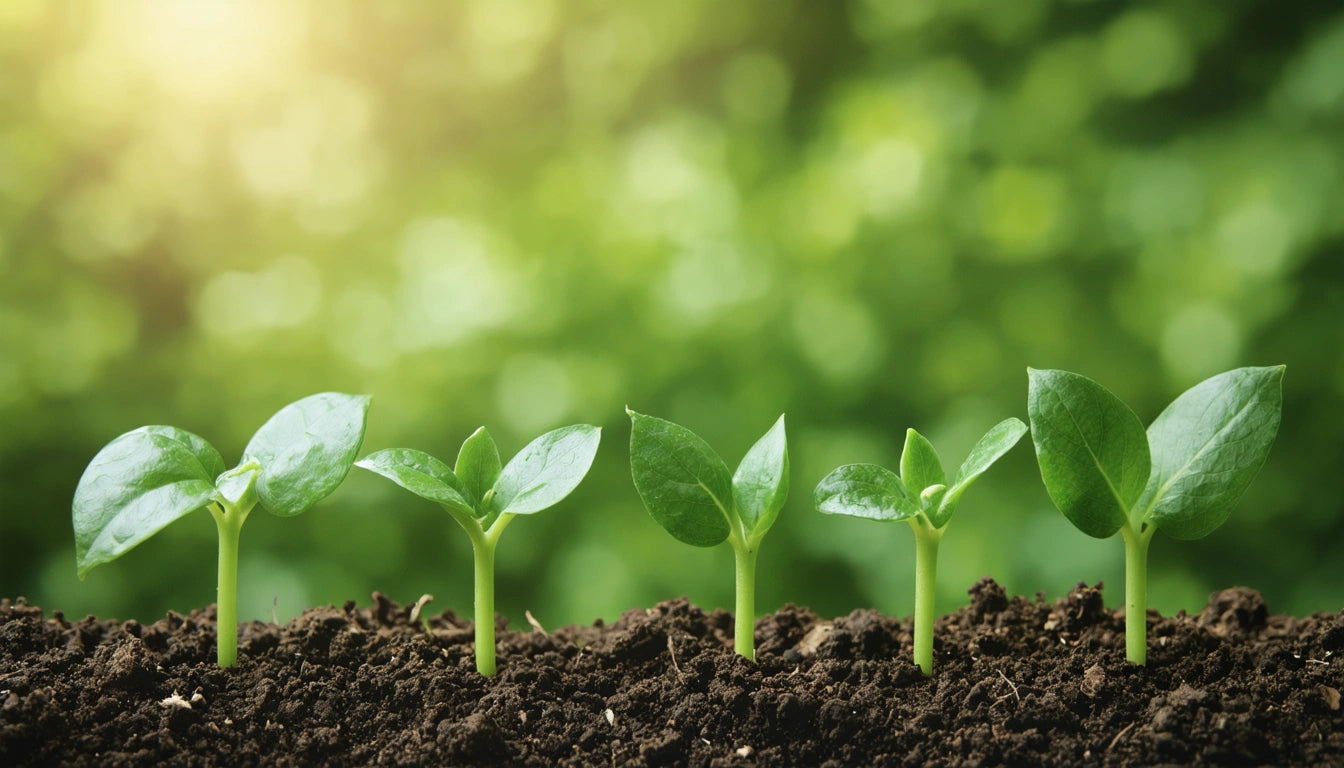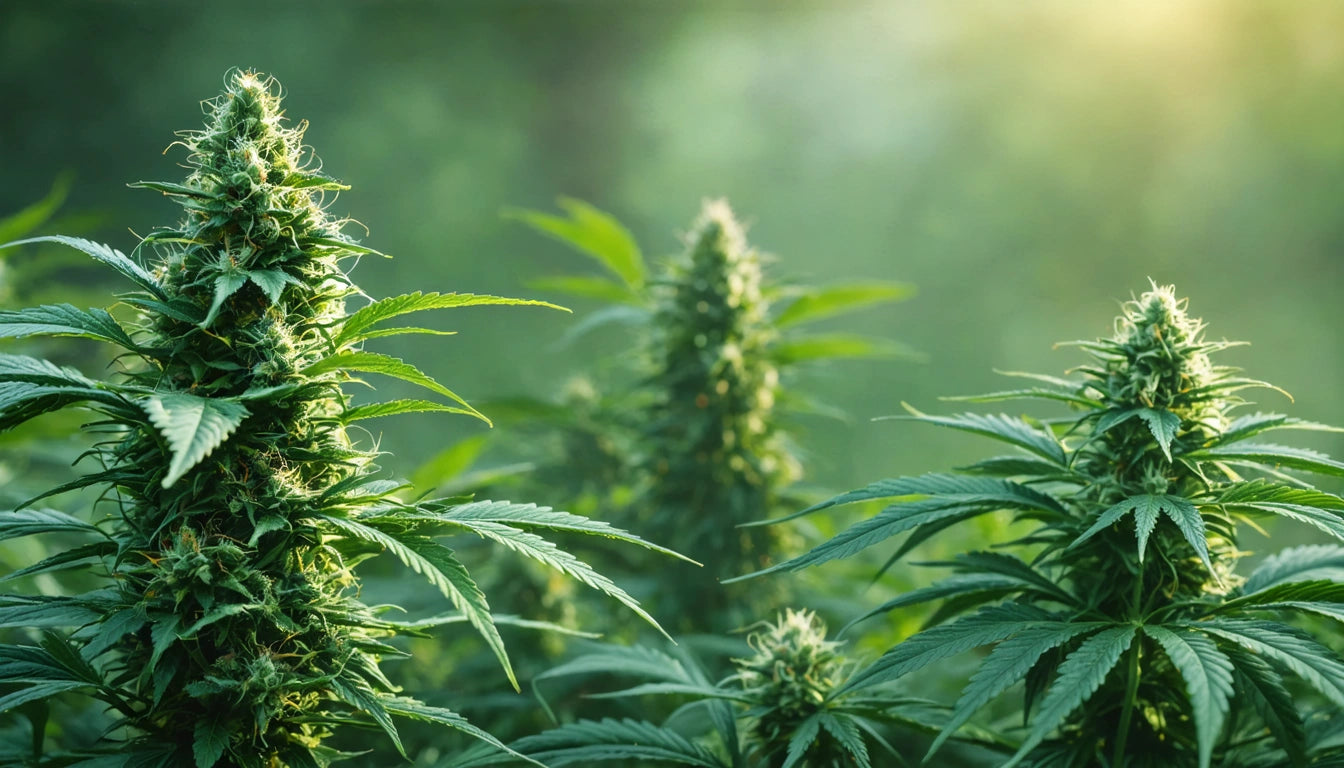Table of Contents
- Essential Nutrients for Cannabis Plants
- Household Amendments: Coffee Grounds and Eggshells
- Best Plant Foods for Cannabis Cultivation
- Creating an Effective Feeding Schedule
- Environmental Factors for Optimal Growth
- Companion Planting Benefits for Cannabis
- Growth Optimization Strategies for Long-Term Success
Optimizing Cannabis Growth: Effective Plant Foods and Care Tips
Successful cannabis cultivation depends on providing plants with proper nutrition and creating optimal growing conditions. Understanding what to feed cannabis plants and when to do it can significantly impact yield, potency, and overall plant health. This comprehensive guide explores the best plant food for cannabis and essential care practices for thriving plants.
Essential Nutrients for Cannabis Plants
Cannabis plants require specific nutrients throughout their growth cycle. Top nutrients for optimal cannabis growth include macronutrients (nitrogen, phosphorus, and potassium) and micronutrients (calcium, magnesium, iron, and more).
During the vegetative stage, cannabis plants need higher nitrogen levels to support leaf and stem development. As flowering begins, phosphorus and potassium requirements increase to support bud formation. Maintaining proper nutrient levels requires regular monitoring, which can be assisted by precise measurement tools for dosing nutrients and tracking plant development throughout the growth cycle.
Household Amendments: Coffee Grounds and Eggshells
Are Coffee Grounds Good for Cannabis Plants?
Many growers ask, "Are coffee grounds good for marijuana plants?" The answer is yes, with some caveats. Coffee grounds offer several benefits:
- Add nitrogen to the soil
- Improve soil structure and drainage
- Attract earthworms that aerate the soil
- Slightly acidify the soil, which cannabis prefers
However, used coffee grounds should be composted first or applied sparingly as a top dressing (no more than 20% of your total soil amendment). Fresh grounds can be too acidic and may inhibit growth if overused.
Eggshells as Calcium Supplements
Are eggshells good for marijuana plants? Absolutely. Crushed eggshells provide calcium, which helps prevent blossom end rot and strengthens cell walls. To use eggshells:
- Rinse and dry the shells thoroughly
- Crush them into a fine powder
- Mix into soil before planting or sprinkle around the base of plants
- Alternatively, create an eggshell tea by steeping crushed shells in water
Best Plant Foods for Cannabis Cultivation
When considering the best food for cannabis plants, growers have organic and synthetic options. The best fertilizers for cannabis growth typically provide a complete spectrum of nutrients in balanced ratios.
Organic Options
Organic fertilizers release nutrients slowly as they break down, providing a steady supply:
- Compost and worm castings
- Bat guano (high in nitrogen and phosphorus)
- Fish emulsion (excellent for vegetative growth)
- Bone meal (phosphorus-rich for flowering)
- Kelp meal (provides micronutrients and growth hormones)
Synthetic Nutrients
Synthetic nutrients offer precise control and immediate availability:
- Complete NPK (nitrogen, phosphorus, potassium) formulations
- Coco-specific nutrients with added calcium and magnesium
- Hydroponic-specific nutrient solutions
- Bloom boosters for the flowering phase
The best plant food for marijuana depends on your growing medium, experience level, and cultivation goals. Choosing the right soil and additives creates the foundation for an effective feeding program.
Creating an Effective Feeding Schedule
Knowing what to feed your cannabis plant is only part of the equation; timing and quantity matter significantly. A general feeding schedule includes:
- Seedling stage: Water only or very diluted nutrients ( ¼ strength)
- Early vegetative: Begin with half-strength vegetative nutrients
- Late vegetative: Full-strength vegetative formula
- Pre-flower transition: Reduce nitrogen, increase phosphorus and potassium
- Flowering: Bloom-specific nutrients with higher P-K ratios
- Late flowering: Reduce nitrogen further, consider flush before harvest
Always monitor plants for signs of nutrient deficiencies or excesses, and adjust accordingly. Overfeeding can be as harmful as underfeeding, causing nutrient lockout and stunted growth.
Environmental Factors for Optimal Growth
The best climate for cannabis mother plants and general cultivation involves controlling several environmental factors:
- Temperature: 70-85 °F (21-29 °C) during day, slightly cooler at night
- Humidity: 40-70% depending on growth stage (higher during vegetation, lower during flowering)
- Light: 18-24 hours during vegetation, 12 hours during flowering
- Airflow: Constant gentle circulation without direct drafts
- Water quality: pH between 6.0-6.5 for soil, 5.5-6.0 for hydroponic systems
Mother plants specifically benefit from consistent vegetative conditions with moderate nutrient levels to promote healthy growth without stress.
Companion Planting Benefits for Cannabis
The best companion plants for cannabis serve multiple functions in the garden ecosystem:
- Basil: Repels pests and improves flavor and growth
- Chamomile: Increases essential oil production and repels flying insects
- Coriander: Deters spider mites
- Marigolds: Repel nematodes and other soil pests
- Yarrow: Attracts beneficial predatory insects
- Clover: Fixes nitrogen in the soil
Companion planting creates biodiversity that can reduce pest problems, improve soil health, and potentially enhance terpene production in cannabis.
Growth Optimization Strategies for Long-Term Success
To maximize your cannabis cultivation efforts, consider these advanced strategies:
First, understand that cannabis plants are not perennial in most climates. The question "are cannabis plants perennial" has a nuanced answer: while cannabis can technically survive multiple seasons in tropical climates, it's typically grown as an annual. However, mother plants can be maintained in a vegetative state for years with proper care.
Second, implement a comprehensive approach that combines optimal nutrition with strategic training techniques like topping, LST (low-stress training), and SCROG (screen of green) to maximize yields.
Finally, keep detailed records of feeding schedules, environmental conditions, and plant responses to build knowledge for future grows. Following best practices and learning from each cultivation cycle will progressively improve your results.
By understanding the nutritional needs of cannabis plants and providing the best plant food at the right times, cultivators can significantly enhance their harvests while maintaining plant health throughout the growing cycle.











Leave a comment
All comments are moderated before being published.
This site is protected by hCaptcha and the hCaptcha Privacy Policy and Terms of Service apply.